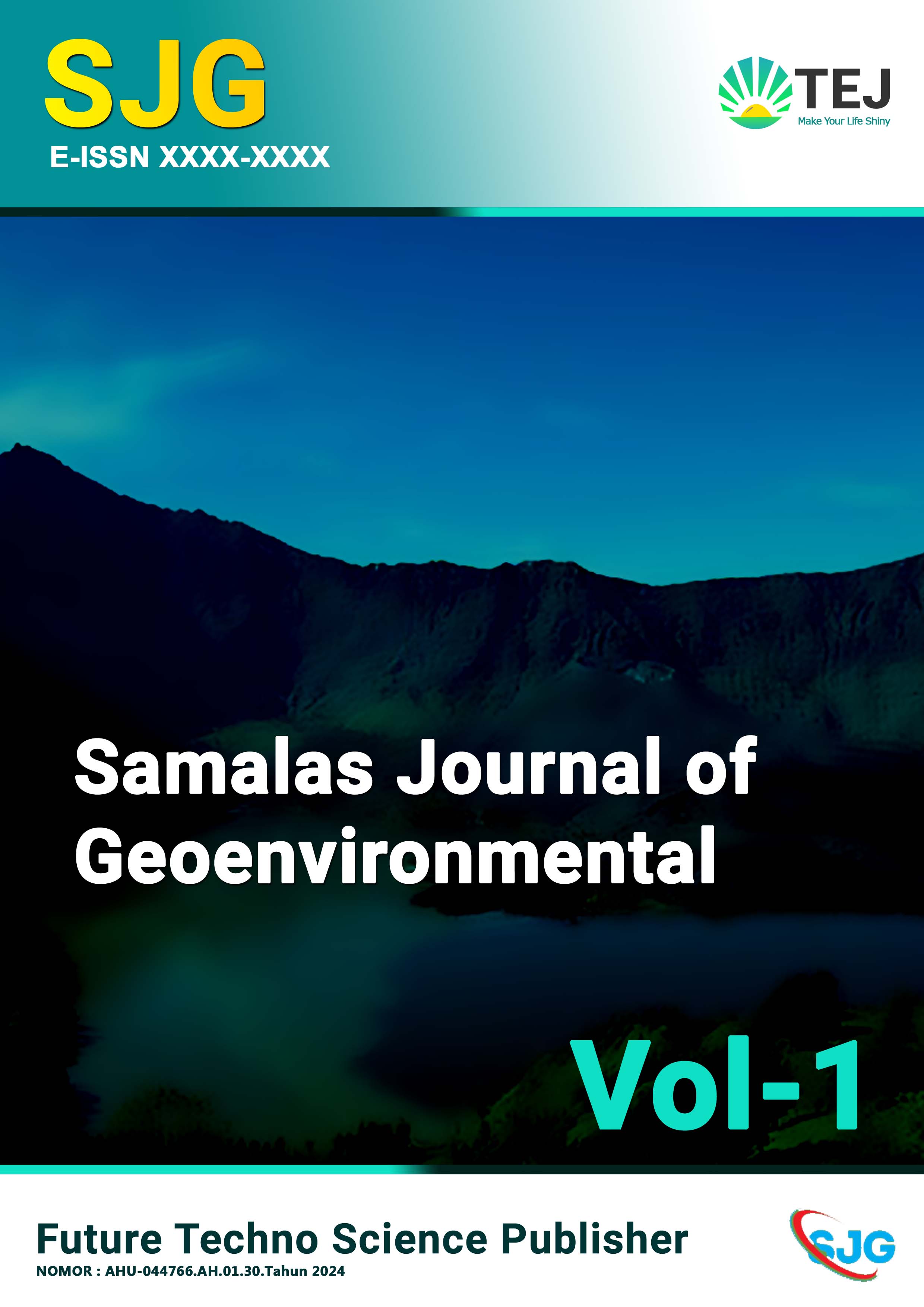Modelling The Subsurface Structure of Sangeang Volcano Based on Gravity Data
DOI:
https://doi.org/10.59535/829xyv18Keywords:
Anatomy of Fire Mountain, Mount Sangeang Api, Magma Pockets, GravityAbstract
The Lesser Sunda Islands stretch from Bali to Timor which is divided into two geologically distinct parts and formed due to the subduction of oceanic crust along the Java-Timor Trough. The northern part of the Lesser Sunda Islands, which includes Bali, Lombok, Sumbawa, Flores, Wetar, Pantar and Alor, is a volcanic arc archipelago. Mount Sangeang Api is one of the island volcanoes located on the island of Sumbawa and is geographically located at 08o11' NS dan 119º 03,5' East. Studying how the anatomy of the volcano, knowing the subsurface structure of Mount Sangeang Api and knowing the depth of its magma kitchen through 3D modelling of gravity data in the form of rock density values. The geophysical method used in this research is the gravity method. The results of 3D cross-section modelling obtained variations in subsurface rock density values. The variation of rock density value is . The depth of the magma kitchen ranges from 600 m above the earth's surface to 30,000 m below the surface, this depth is in accordance with the modelling limits, but based on the modelling results there is a suspicion that the depth of the magma kitchen continues to more than 30,000 m below the earth's surface. Interpretation is made by looking at the table of rock density values and the geological map of East West Nusa Tenggara, Dompu and Bima Sheets.
Downloads
Published
Issue
Section
License
Copyright (c) 2025 Suci Handayani and Syamsuddin Syamsuddin(Author)

This work is licensed under a Creative Commons Attribution 4.0 International License.






